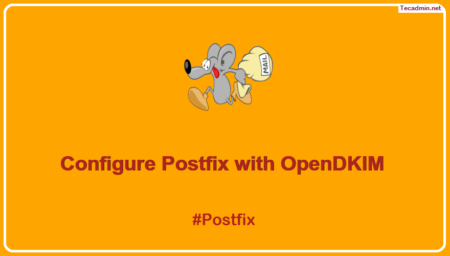FFmpeg is an open-source application used to work with audio, video, video streams and other multimedia files. You can use ffmpeg to convert video files, extract audio, reducing file size, convert file types. Using ffmpeg, we can also create a video stream from a video file publish over rtmp protocol.
This tutorial will help you to install ffmpeg on Debian 10 Linux system.
Install FFmpeg on Debian 10
At the day of writing this article, the FFmpeg 4.1.6 is available under the default apt repositories. You can use the apt command line utility to install ffmpeg on your Debian 10 Linux system.
sudo apt updatesudo apt install ffmpeg
Next check the installed version of ffmpeg on your Debian system.
ffmpeg -version
Output:
ffmpeg version 4.1.6-1~deb10u1 Copyright (c) 2000-2020 the FFmpeg developers built with gcc 8 (Debian 8.3.0-6)
Working with FFmpeg
The ffmpeg command line interface provides a large number of options to work with it. Below is the list of basic command line options used with ffmpeg.
As as basic command line example, below command will reduce the size of a .mov file.
Reduce .mov File Size:
ffmpeg -i input.mov -c:v libx264 -c:a copy -crf 20 output.mov
You can also convert a file format using ffmpeg command line. Below example command will change .mov file to .mp4 video format.
Convert .mov To .mp4
ffmpeg -i input.mov -vcodec copy -acodec aac -strict experimental -ab 128k output.mp4
Conclusion
This tutorial provides you instruction’s to how to install ffmpeg on debian 10 Linux system. You can also visit the official documentation page to learn more about ffmpeg uses on Linux system.


